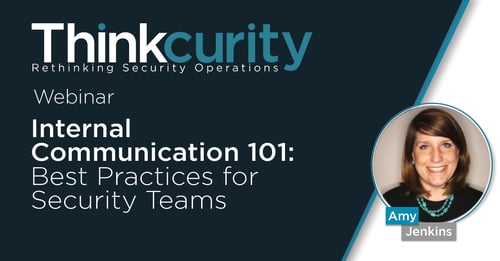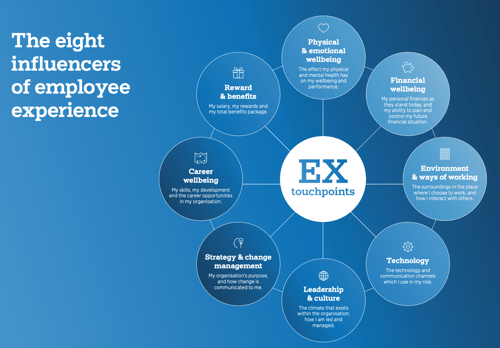When internal communication is done right, it has a big, positive impact on your company. Good communication helps you build employee trust, and it helps employees be more productive and safe. Communication is also linked to improvements in employee engagement and the employee experience—both of which are tied to business outcomes like improved retention, increased productivity, and a decrease in safety incidents.
But how do you get from just getting started with communication to seeing these incredible results? It all starts with understanding your audience and the channels for communication available to you.
Channels for Communication
The main channels for communication that small to mid-sized businesses often use are:
- Face-to-face (e.g. meetings)
- Print (e.g. on-site signage)
- Mail (e.g. mailing W2s or benefits information out)
- Apps
Larger enterprises with a primarily deskbound workforce often also have collaboration tools like Slack or an Intranet. But these tools aren’t necessary for smaller businesses to succeed and communicate well. And for a primarily deskless workforce (i.e. security guards), the channels you use to communicate will likely be different from an “office job.”
It’s up to you as a security company leader to look at the channels for communication available to you today and assess them. How are you using them? How are employees using them? How could you change strategies to improve employee utilization? Do you need additional ways to reach your employees?
Some organizations don’t have enough ways to directly communicate with and engage their deskless workers. Print and mailed communication may be outdated before it even reaches the employees - creating confusion and added costs.
Face-to-face isn’t always feasible, and it relies on supervisors to individually pass a message along. When this method is used, often tone and sentiment can be lost in translation, and not all employees receive the same message the same way.
And that leaves email. Email is necessary at most companies, but it doesn’t allow employees to engage back with you or with each other. This is why many companies with frontline workers now use mobile apps for communication.
But no matter what channels you have access to, it’s important to use the right one depending on the message. And more than anything else, you have to ensure all your employees are getting your messages in a way that helps them succeed.
WATCH: Internal Communication 101: Best Practices for Security Teams!
 Understanding Your Audience
Understanding Your Audience
Another key to making sure your communication achieves your expected outcomes is understanding your audience. Do you know what your employees need and want? If not, it’s time to change that!
-
Survey your employees. The best way to find out what your employees need and want is to ask them. And surveys don’t have to be very long to give you insight into how you can improve.
This is a great way to find out how your teams prefer to receive information, what kind of communication they wish you were sending them, and how they feel about your organization in general.
-
Target your audience. If you send communication that only impacts guards at a commercial building contract to everyone in your company (e.g. guards who only work patrol), most of your employees are going to be A) unnecessarily distracted by the notification and B) frustrated that they receive information that doesn’t apply to them.
This isn’t the best use of their time. And, unfortunately, over time, they may start to ignore email notifications when they come through because they’ll assume it’s not relevant to them. This can easily be solved by creating employee lists for targeting. These lists might be broken out by location, role, employment status, etc.
-
Tap into the employee voice. Your people have stories to tell. And sharing those stories is a great way to recognize your people, help your employees relate more to one another, and build and define your company culture.
How to Improve the Employee Experience for Your Security Guards
Okay, so you’re using the right channels and you’re personalizing your communication approach to your specific employee population. But now what? How does that improve the bottom line?
When you get better at communicating (which includes listening to what your people have to say), you’ll begin to improve the employee experience (EX). 
When you communicate more and better about things like employee benefits, career and growth opportunities, and the state of your business, this improves the employee’s experience at your company. When you empower your security supervisors to be better at communicating, their relationships will be better with their direct reports, and that improves the experience at your workplace as well. All elements that makeup EX are related to communication. And focusing on them is key to driving business results.
Achieving Business Results
When the experience of working at your security company improves, your employees become happier. When you communicate about more than just day-to-day operational activities, your employees will begin to feel more connected to your organization. More loyal. And this has been shown through extensive research on how to improve employee engagement.
But just think about it for yourself. How would you feel if you worked alone in the field and only received a few emails every now and then? And then, how would you feel when suddenly you know who you work with, who your leaders are, where you fit and how you contribute to the organization?
It makes a big difference.
(P.S. For more great content on internal communication, check out theEMPLOYEEapp.com)



